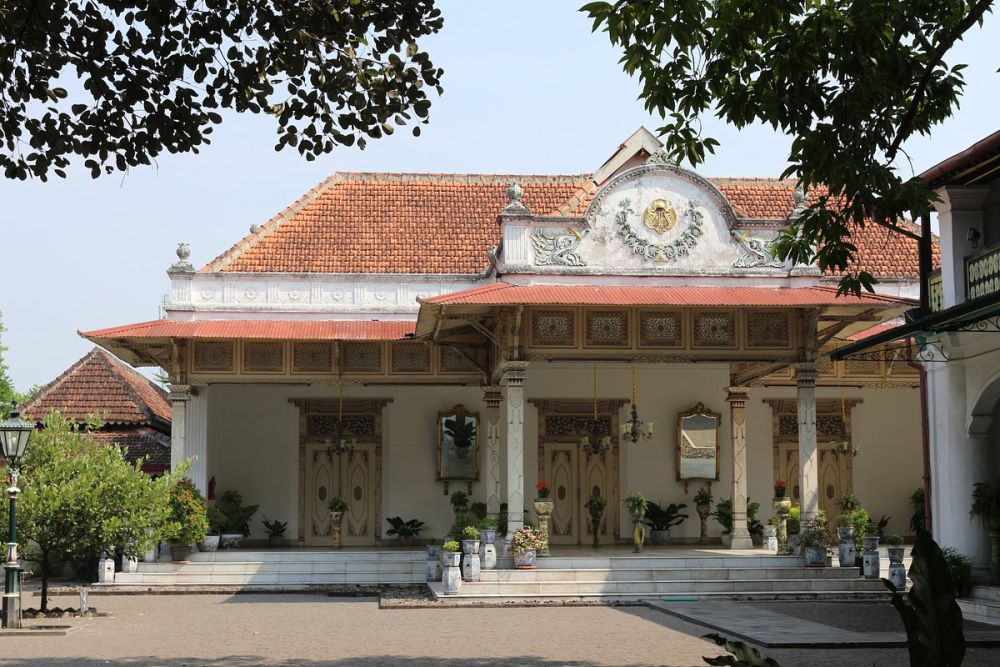

The city of Yogyakarta, often referred to as Jogja, has long been the cultural and spiritual heart of Java, Indonesia. At its core lies the Sultan's Palace (Kraton), an important symbol of Javanese heritage and traditional authority. The Kraton is not only a royal residence but also an epicenter of cultural activity, attracting tourists from around the globe with its unique blend of history, art, and architecture.
The history of the Kraton dates back to 1755 when it was constructed under the command of Prince Mangkubumi, who later became Sultan Hamengkubuwono I, the first Sultan of Yogyakarta. Intended to serve as a new palace for the Sultan, the Kraton was built following the Treaty of Giyanti, which divided the Mataram Sultanate and created the Sultanate of Yogyakarta. Over the centuries, it has served as the royal court and administrative center of the Sultanate.
While the Kratons origins are deeply traditional, tourism to the Palace began to develop significantly in the late 19th and early 20th centuries as Java became more accessible to foreign visitors. With Indonesia’s independence in 1945 and the growth of international travel in the following decades, the Kraton emerged as a premier cultural attraction. Efforts to preserve its unique Javanese arts, dance, and music have further cemented its appeal among culture and history enthusiasts.
Visitors to the Kraton Yogyakarta are immersed in the living culture of Java. The complex includes various pavilions and halls, museums, and the royal residences. Tourists can witness royal court ceremonies, traditional Javanese dance performances, and gamelan music concerts. The ornate architecture and intricate batik and painting collections are key highlights.
In recent years, tourism at the Kraton has adapted to modern trends with the inclusion of digital guides, interactive exhibits, and improved tourist infrastructure. The focus on sustainable tourism practices ensures that the cultural legacy and the significance of the Kraticlub Palace are preserved for future generations. Additionally, the increasing popularity of Yogyakarta as a hub for Javanese arts and crafts has led to a growth in community-based tourism, with visitors seeking authentic local experiences in the vicinity of the Kraton.
The Sultan's Palace is typically open to the public every day except during special royal events or ceremonies. Tourists are encouraged to respect the cultural norms and dress modestly while exploring the Palace grounds. English-speaking guides are available to offer deeper insights into the history and significance of the Kraton, making the visit a rich educational experience.
With its enduring cultural significance and ongoing popularity among international and domestic tourists alike, the Sultan's Palace of Yogyakarta remains a cornerstone of Indonesia's vibrant heritage tourism sector. Its ability to maintain authenticity while adapting to the changing needs of modern travelers exemplifies the successful preservation of cultural landmarks in an ever-evolving world.